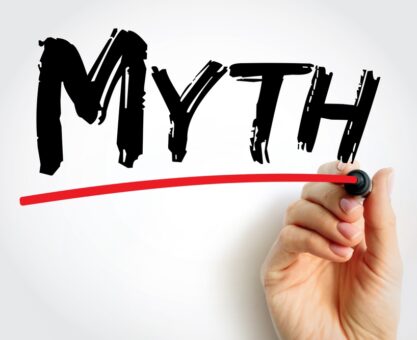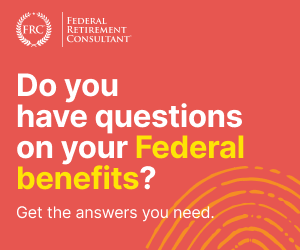The Federal Employees Health Benefits (FEHB) program offers a wide selection of PPO, HMO and FFS plans to meet your needs in retirement. Even better – Uncle Sam continues to pay the same portion of your premium as when you were working. It’s important to understand your enrollment options before you make a decision. Otherwise, if you inadvertently lose your FEHB coverage in retirement, you’ll never be able to re-enroll.
5-Year Rule For Continuing FEHB In Retirement
To continue FEHB in retirement, you must retire on an immediate annuity and have been continuously enrolled (or covered as a family member) in any FEHB Program plan (not necessarily the same plan) for the five years of service immediately preceding your retirement. Or, if less than five years, for all service since your first opportunity to enroll. Time covered under TRICARE can count as long as you’re covered under FEHB when you retire. The only automatic waiver of the 5-Year Rule is when you accept an early retirement offer from your agency.
“You can’t change your FEHB plan at retirement because it’s not considered a qualifying life event (QLE) like a marriage or divorce.”
All FEHB Plans Offer 3 Types of Enrollment
1. Self Only. Provides benefits for you alone as the enrollee. If you choose Self Only and have a family, they’re not eligible for FEHB coverage (even upon your death or disability).
2. Self Plus One. Provides benefits for you and one eligible family member that you designate. If you have more than one eligible family member, they will not be covered and they will not be eligible for FEHB coverage (even upon your death or disability).
3. Self and Family. Provides benefits for you and all of your eligible family members. Eligible family members are automatically covered, even if you didn’t list them. With a Self and Family enrollment, you cannot exclude any eligible family member.
What If You’re Covered Under A Spouse’s Private Sector Plan?
If you’re close to retirement and covered through your spouse’s private sector healthcare plan, you have a couple of options for keeping FEHB in retirement. You can enroll in the least expensive FEHB plan while continuing under your spouse’s plan, then switch to a more comprehensive FEHB plan just before retirement. Or, you can work a little longer to satisfy the 5-Year Rule.
Remember: You Can’t Change Your FEHB Plan At Retirement
You can’t change your FEHB enrollment at retirement because it’s not considered a qualifying life event (QLE) like a marriage or divorce. Once you retire, you can change your FEHB plan during the annual Open Season which is held from mid-November through mid-December.
For more information, go to the OPM website and download: Thinking About Retiring?
























